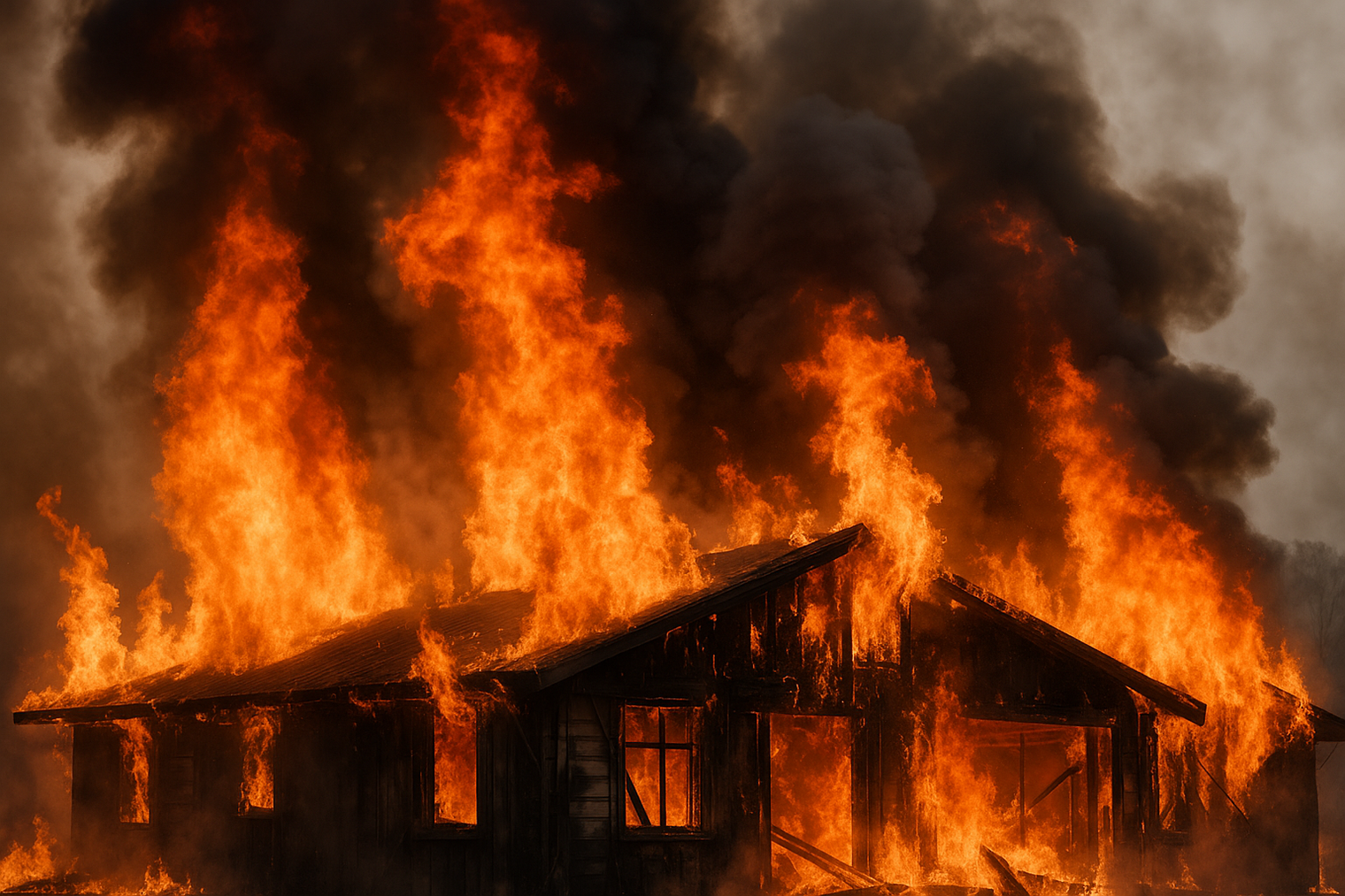A house fire can leave behind not only visible damage but also hidden hazards. Even items that look intact may be unsafe due to heat, smoke, soot, or firefighting chemicals. Knowing what not to use after a fire is essential for protecting your health and safety.
1. Food
Heat, smoke, and firefighting chemicals can quickly contaminate food, even if it appears untouched.
-
Perishable and non-perishable food exposed to fire or smoke should be discarded.
-
Throw away items in open containers, cardboard boxes, or plastic packaging.
-
Discard cans or jars with bulging lids, rust, soot, heat damage, or unusual odors.
-
Fire extinguisher residue can make food unsafe to eat.
2. Medicine and Cosmetics
Medicines and beauty products can be chemically altered by heat and soot.
-
Dispose of all medicines, vitamins, supplements, and skincare products exposed to fire.
-
Even if packaging looks intact, heat can change the chemical composition and reduce safety or effectiveness.
3. Clothing and Textiles
Fabrics can absorb smoke and toxins, making them harmful to wear.
-
Burned or heavily smoke-damaged clothing, bedding, and towels should be discarded.
-
Slightly smoke-damaged items may be salvageable with professional cleaning.
-
Children’s clothing requires extra caution, as lingering toxins can irritate sensitive skin.
4. Plastic Items
Plastics can melt, warp, or absorb harmful smoke residues.
-
Throw away plastic containers, bottles, toys, baby bottles, and pacifiers if they’ve been exposed to heat or smoke.
-
Damaged plastics can release dangerous chemicals when reused.
5. Furniture and Personal Belongings
Furniture and keepsakes can hold toxic residues.
-
Upholstered furniture and burned or structurally compromised wood are often unsafe.
-
Books, photographs, and electronics heavily contaminated by smoke or fire should be discarded or professionally restored.
6. Mattresses and Pillows
These are porous and difficult to clean thoroughly.
-
Mattresses and pillows tend to trap soot, toxins, and odors, making them unsafe after a fire.
7. Hazardous Materials
Soot, ash, and fire debris can contain toxic substances such as asbestos or lead from building materials.
-
Avoid direct contact or inhalation.
-
Always wear protective gear and consult professionals for cleanup.
What Might Be Safe to Keep
-
Glass, metal, ceramic, and stainless steel items—if not warped or cracked—can usually be cleaned and reused.
-
Always wash thoroughly to remove soot, ash, and chemical residues.
Final Thoughts
After a house fire, safety should come before sentiment. Discard contaminated food, medicine, plastics, damaged textiles, burned furniture, and porous items like mattresses. Professional cleaning and careful disposal are key to preventing health risks and ensuring your home is safe again.

